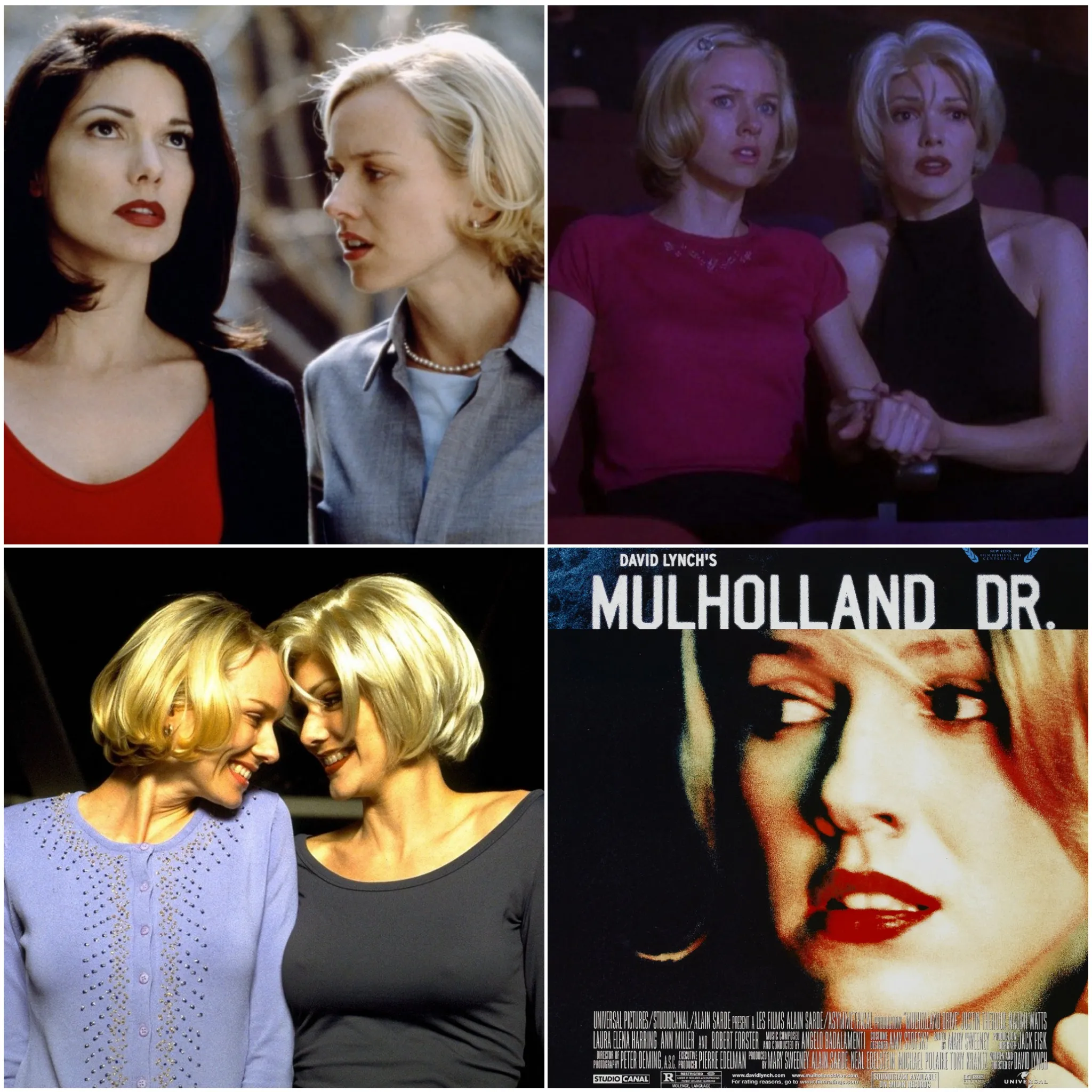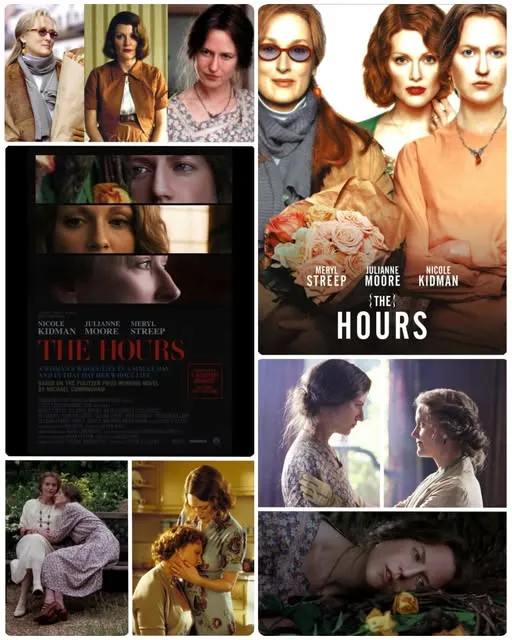Mulholland Drive (2001)
Mulholland Drive (2001), directed by David Lynch, is a psychological thriller that blurs the lines between reality and illusion. The film begins with a car accident on the infamous Mulholland Drive in Los Angeles. A woman (played by Laura Harring) survives the crash but loses her memory, finding herself in a disorienting and mysterious situation. After the accident, she is found by a woman named Betty Elms (Naomi Watts), who has just arrived in Los Angeles to pursue a career in acting. Betty, eager to help, takes the amnesiac woman to a nearby apartment and begins investigating her identity. As Betty and the woman try to uncover the truth, they encounter a series of strange and increasingly surreal situations. The woman, who adopts the name "Rita" after seeing a poster of Gilda (1946) starring Rita Hayworth, is unable to remember her name or past. Their search for answers leads them into the dark side of Hollywood, where the line between fantasy and reality becomes increasingly unclear. As Betty and Rita attempt to piece together the mystery, the film slowly unravels a deeper, more complicated story filled with strange encounters, odd characters, and mind-bending twists. The narrative structure of Mulholland Drive is non-linear, which keeps the audience constantly questioning what is real and what is merely a dream or hallucination. As the story progresses, Betty’s journey into Hollywood begins to take on a more disturbing and surreal tone. Betty’s quest for stardom and the idealized version of herself she dreams about in Los Angeles begins to collide with the darker side of the film industry. At the same time, Rita's past starts to unravel in disjointed, nightmarish fragments. As the plot unfolds, the characters find themselves in bizarre and unsettling situations that don’t seem to make sense. A key moment in the film is when Betty auditions for a role in a movie, which acts as a turning point in her character arc. The audition scene is a striking commentary on Hollywood’s exploitation of young women and the emotional toll the industry takes on them. Betty, who initially appears innocent and full of hope, starts to become more jaded and disillusioned with the reality of her surroundings. Meanwhile, Rita's mysterious past becomes entwined with various figures, including a sinister figure named Adam Kesher (Justin Theroux), a director struggling with a film project. Adam becomes one of the victims of the enigmatic and ruthless forces operating behind the scenes of Hollywood’s glamorous facade.

The final act of Mulholland Drive presents a dramatic shift in perspective, as the film’s narrative takes an unexpected turn, revealing that much of the plot, including Betty’s journey and Rita’s memory loss, may have been part of a hallucination or a dream. The shift comes when Betty’s optimistic, starry-eyed persona gives way to a darker, more complex version of herself. In this last segment, Betty transforms into Diane Selwyn, a disillusioned woman who has failed to make it in Hollywood and is consumed by despair. The events of the film are revealed to have been part of a tragic, psychological breakdown. Diane, who is the same character as Betty, is shown to have had a relationship with Rita, now known to be Camilla Rhodes (played by Laura Harring). Camilla is an actress who has rejected Diane in favor of another woman, leading Diane into a spiral of jealousy and self-loathing. The film ends with a haunting, surreal conclusion, where Diane’s mental state deteriorates, and her painful emotions manifest in nightmarish imagery. The final sequence, which involves a mysterious box and a sequence of dreamlike, disconnected images, leaves the audience with more questions than answers, reinforcing Lynch’s signature style of ambiguity and symbolism.

In conclusion, Mulholland Drive is a complex and enigmatic film that challenges viewers to question the nature of reality, identity, and the American Dream. Through its surreal narrative and disjointed storytelling, the film explores themes of obsession, failure, and the dark side of Hollywood. David Lynch’s direction creates a haunting atmosphere, filled with tension and mystery, while the performances from Naomi Watts and Laura Harring add emotional depth to the characters. The film is filled with dreamlike sequences, each laden with symbolism and meaning, requiring the audience to engage with the story on a deeper level. While the narrative may be difficult to decipher, the film’s power lies in its ability to evoke emotion and provoke thought, leaving viewers to interpret the story in their own ways. Mulholland Drive is ultimately a meditation on the fragility of identity, the destructive forces of desire, and the disillusionment that often follows the pursuit of fame and success. Lynch's masterful blending of the surreal and the real makes Mulholland Drive an unforgettable, thought-provoking cinematic experience that stands as one of the director’s most iconic works.

-1739844789-q80.webp)

-1739758223-q80.webp)
